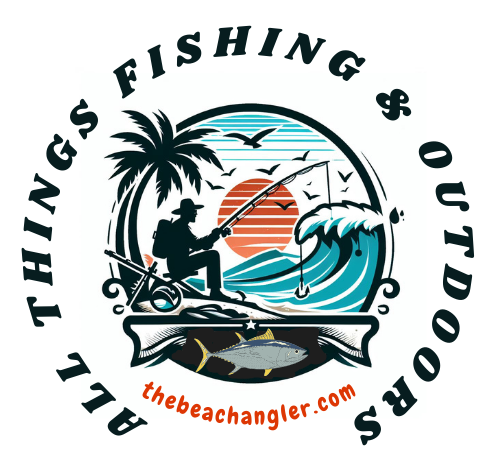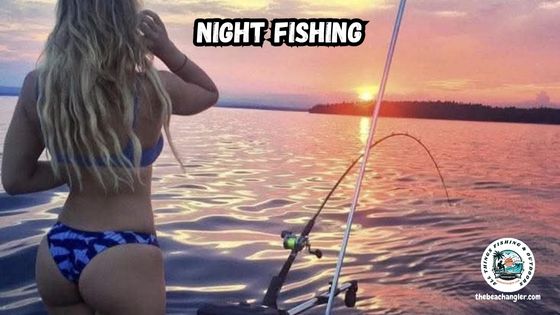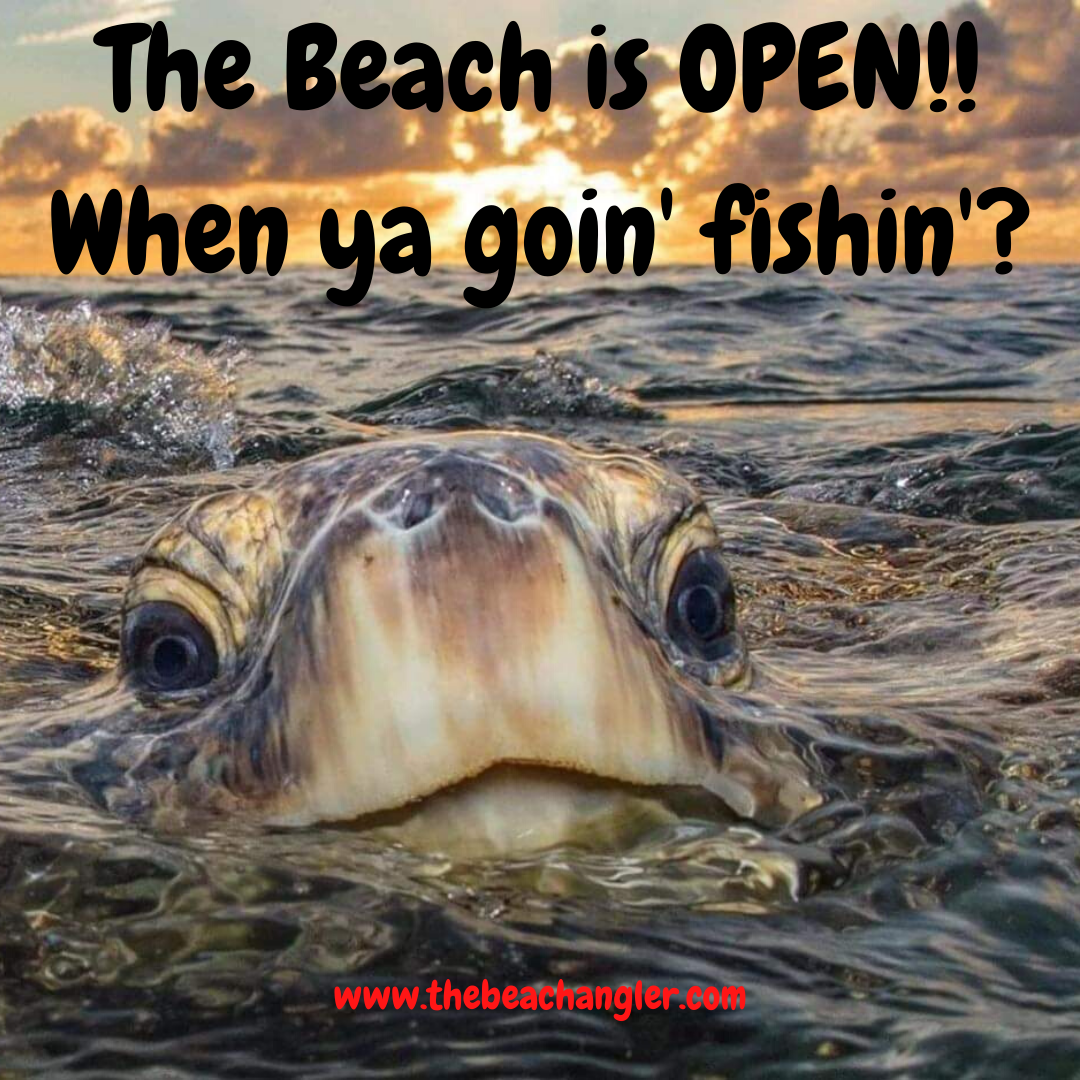Night fishing holds a unique appeal for those daring enough to leave the dock after sunset. With fewer lines in the water and the tranquil midnight air, it offers a stark contrast to the bustling day-fishing scene. But it’s not just about the peace and quiet; night fishing can unlock a world of opportunities to snag some impressive catches.
QUICK LOOK: Pros and Cons of Night Fishing
| Pros of Night Fishing |
|---|
| One of the biggest perks is the increased activity among fish. Many predatory fish amp up their aggression at night, using senses like smell and vibration to locate prey. |
| Another advantage is the reduced fishing pressure. With fewer anglers casting their lines after dark, you’ve got less competition for fish. |
| Targeting larger species becomes a real possibility under the cover of darkness. Bigger, more elusive fish, often engage in their hunting activities at night. |
| In hot climates, fishing at night brings the added benefit of cooler temperatures. It can be incredibly soothing to escape the daytime heat while still enjoying a productive fishing experience |
| Cons of Night Fishing |
|---|
| One key concern is limited visibility. Seeing fish near the surface can be tricky, making it harder to target certain species. |
| Navigating low-light environments demands caution. Understanding your surroundings and having a clear route planned can prevent accidents on the open water. |
| Safety concerns often heighten after dark. Reduced visibility increases the risk of collisions with other vessels or obstacles. It’s important to equip yourself with the right lighting and reflective gear. |
| Having the right gear is another factor to consider. Different types of lighting, reflective lines, and specialized lures are often necessary to attract fish efficiently at night. |
| Lastly, night fishing runs the chance of encountering nocturnal marine life like sharks or stingrays. Being prepared and knowing how to handle these encounters safely can help |
Saltwater fishing at night presents a realm of untapped potential. Many fish species are more active after dusk, less wary of predators, making them easier targets for anglers. This heightened activity stems from the fish relying more on their senses other than sight, like smell and vibration, to hunt in the dark. The result? More aggressive feeding behavior and a better chance for you to land a big one.
Environmentally, night fishing is magic. The cooler temperatures make for a much more comfortable experience than battling the mid-day heat. The changes in light and temperature can play to your advantage as fish move differently and are drawn closer to the surface, offering thrilling encounters right beneath your boat.
Venturing out at night means embracing unpredictability and the pulse of the sea. Whether you’re a seasoned angler or a curious newbie, the night promises a different rhythm to the hunt. Equip yourself with patience and the right knowledge, and you might discover saltwater night fishing to be a rewarding, enriching adventure.
Optimal Timing for Night Fishing
Timing is everything, especially when it comes to saltwater night fishing. Understanding the rhythms of the sea can transform an ordinary fishing night into a memorable one. Start with one of the most mystical elements of fishing — the moon.
Fishing under the enchanting glow of a full or new moon can ignite the fish into a feeding frenzy. The increased light plays its part not only in visibility but also in making the fish more active, mainly because the tides are stronger, pulling baitfish closer to the shore and luring predators in their wake.
Artificial light is your second-best friend after the moon. Whether it’s the glow from dock lights, bridges, or sea walls, night fishers know that fish are irresistibly attracted to these spots. Light becomes a beacon, attracting smaller fish to the scene and, consequently, larger, predatory fish looking for an easy meal. Consider positioning yourself around these lit-up areas for a productive night.
Then, there’s the role of the tides. When fishing at night, pay close attention to the tidal calendar. Strong tides don’t just stir baitfish into action; they bring larger fish into the zone. These movements can significantly enhance your chances of hooking something big. Mastering when to go, backed by these natural cues, can make or break your night fishing venture.
Equip Yourself with the Tools and Techniques for Nighttime Success
Selecting the right gear is crucial when it comes to night fishing success. The tools and techniques you use can vastly improve your chances of a great catch.
- First off, think about your bait. Live bait like herring, mackerel, and squid come to the surface after dark. These attract both smaller fish and their larger predators, setting you up for an exciting night.
- Lures play a significant role and choosing the right color is key in low visibility. Consider using black or purple lures, which create a sharp contrast in the water and draw attention. Their silhouette against the dark backdrop can catch the eye of curious fish, making them favorites among experienced night anglers.
- Spoons should be part of your arsenal too. Opt for black spoons; they stand out in murky waters and mimic the movement of small fish under moonlight or artificial lighting. Their reflective nature and the vibrations they generate can entice fish to strike, even in limited visibility conditions.
Preparation and selection of the right equipment will set you on the path to nighttime triumphs. Equipped with the right bait and lures, you can confidently cast your line into the night, knowing you’ve got the tools to reel in a memorable catch.
Once you’ve got your gear sorted, it’s time to focus on strategy. A good starting point is to fish where you usually find success during the day. Familiar locations can offer insight into nocturnal behavior, as many fish tend to stick to their usual haunts but move around differently under the cover of darkness.
Anchoring plays a significant role in your nighttime fishing strategy. Secure your boat in a comfortable spot, so you can concentrate on fishing. A quietly anchored boat reduces disturbances, helping you zero in on any action below. It’s also important to be mindful of noise and light. Avoid shining your headlamp directly into the water, as this can scare away potential catches.
Using sound techniques can also be beneficial. Night fish rely heavily on vibrations to detect prey, so consider using lures or rigs that create auditory signals. The combination of strategic planning and understanding fish behavior can enhance your catch and ensure that your night outing is both fruitful and enjoyable.
The Nocturnal Catch and Target Species in Night Fishing
Night fishing offers unique opportunities to reel in diverse species that are more elusive during daylight. Sharks, especially threshers and porbeagles, are prized targets. These fierce predators become notably active in the quiet night hours, offering an exhilarating challenge for anglers.
Tuna, with their powerful bursts of energy, also make for thrilling night catches. They’re often on the hunt beneath the surface looking for baitfish that have floated upward. Nighttime can be the perfect setting to encounter these dynamic creatures.
Anglers can also look forward to landing flat-bodied flounders. These fish, which often prefer sandy or muddy bottoms, are more approachable when the sun goes down. Redfish and speckled trout, both known for their impressive fight and delicious taste, are commonly found in shallower waters at night.
Those chasing the thrill of larger fish won’t be disappointed, either. Tarpon, known for their aerial displays, present a heart-racing battle in the moonlit waters. Larger species like snapper, grouper, and even the daunting billfish may patrol beneath the surface, making night-time one of the best periods to hook into something truly remarkable.
The Pros of the Dark: Benefits of Saltwater Night Fishing
Night fishing in saltwater offers several distinct advantages that make it a worthwhile pursuit.
- One of the biggest perks is the increased activity among fish. Many predatory fish amp up their aggression at night, using senses like smell and vibration to locate prey. This behavior often leads to more significant bite opportunities, giving anglers an exciting edge.
- Another advantage is the reduced fishing pressure. With fewer anglers casting their lines after dark, you’ve got less competition for fish. This open environment can make your night out on the water not only more productive but also more enjoyable without the crowds.
- Targeting larger species becomes a real possibility under the cover of darkness. Bigger, more elusive fish, often engage in their hunting activities at night. Their pursuit of baitfish that rise to the surface opens a window for anglers to encounter these impressive creatures.
- In hot climates, fishing at night brings the added benefit of cooler temperatures. It can be incredibly soothing to escape the daytime heat while still enjoying a productive fishing experience. The drop in temperature makes a night on the water much more comfortable, enhancing the overall fishing adventure.
While night fishing brings many advantages, it also poses challenges that require attention to ensure a safe and successful experience.
- One key concern is limited visibility. Seeing fish near the surface can be tricky, making it harder to accurately target certain species. It’s crucial to rely on other senses and tools to bridge this visibility gap.
- Navigating low-light environments demands caution. Understanding your surroundings and having a clear route planned can prevent accidents on the open water. Investing in reliable navigation equipment and keeping a keen awareness of your environment is vital to avoid mishaps.
- Safety concerns often heighten after dark. Reduced visibility increases the risk of collisions with other vessels or obstacles. It’s important to equip yourself with the right lighting and reflective gear, and always communicate your intentions with fellow anglers.
- Having the right gear is another factor to consider. Different types of lighting, reflective lines, and specialized lures are often necessary to attract fish efficiently at night. Investing in this gear may mean extra preparation, but it’s critical for a successful outing.
- Lastly, night fishing runs the chance of encountering nocturnal marine life like sharks or stingrays. Being prepared and knowing how to handle these encounters safely can help. With the right preparation and mindset, you can tackle these challenges and make your nighttime fishing expeditions memorable and rewarding.
Check Out Our Latest Articles:
- The Foreverlast Tackle Harness

- Tips For Fishing In Different Weather Conditions
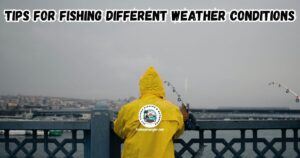
- 5 Revolutionary Features of the Minn Kota Riptide Instinct Quest Series Trolling Motor

- 5 Features The Z-Man HerculeZ Swimbait

- 7 Tips for Fishing Gulf Of Mexico Nearshore Rigs In Texas

- 6 Top Features of Okuma Hakai Baitcast Reels

As always, stay safe, enjoy the journey and please try to leave it cleaner than you found it. If you have any comments, questions, ideas, or suggestions please leave them in the comment section below and I’ll get back to you ASAP. You can follow us on Facebook: Rex The Beach Angler, Instagram: thebeachangler7, Twitter: @AnglerBeach, and YouTube: Man Art Creations.
P.S. – Thanks so much for checking out our blog we really appreciate it. Just so you know, we may receive a commission if you click on some of the links that appear on our site. This helps us keep our content free and up-to-date for everyone. We appreciate your support!
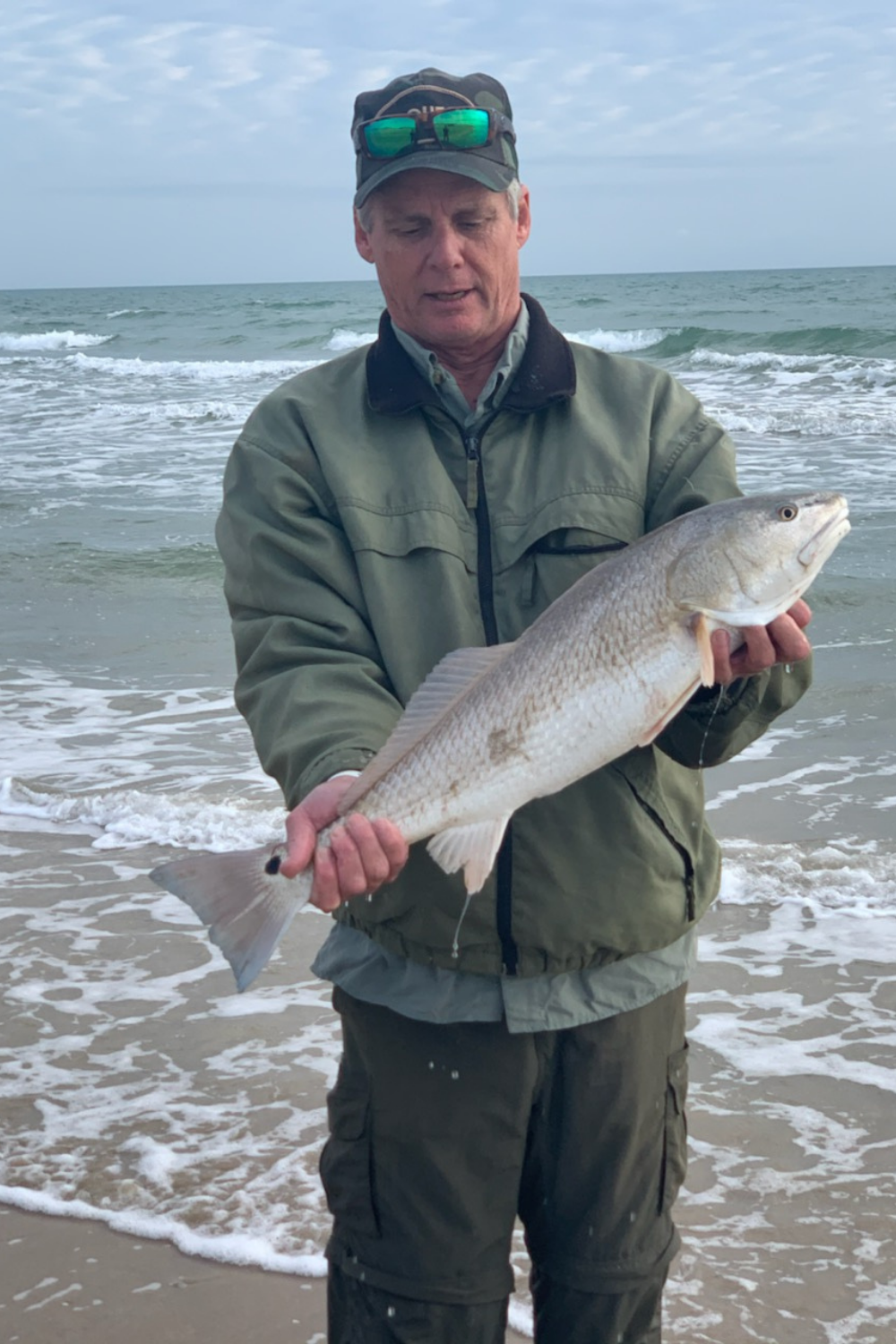
A life long surf fisherman with 50+ years of experience, I am also an avid hunter and outdoorsman. I will be sharing my passion for the outdoors with you so be prepared for hunting, fishing, camping, hiking and more. Along with gear reviews and the latest trends and innovations in the outdoor industry.
